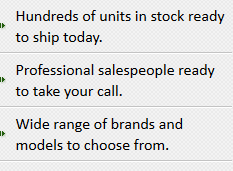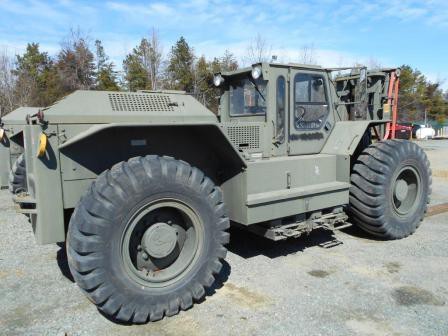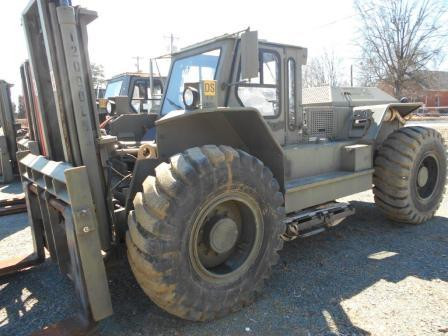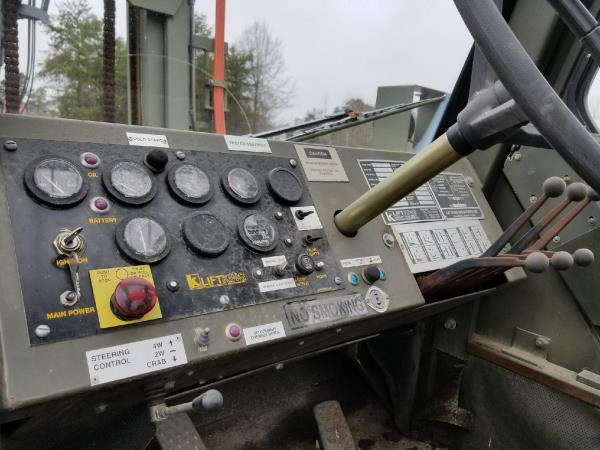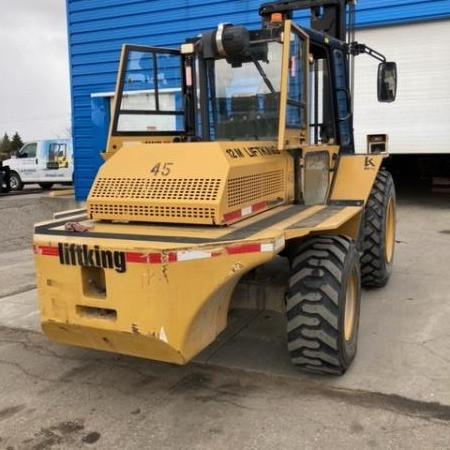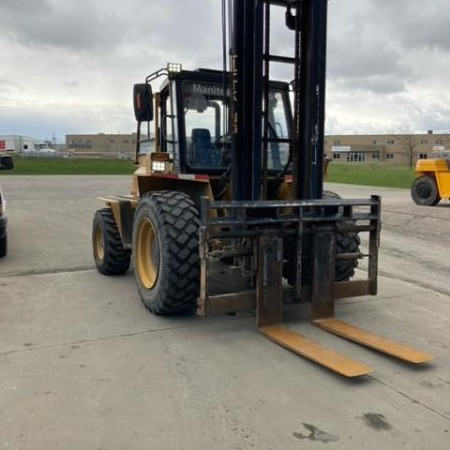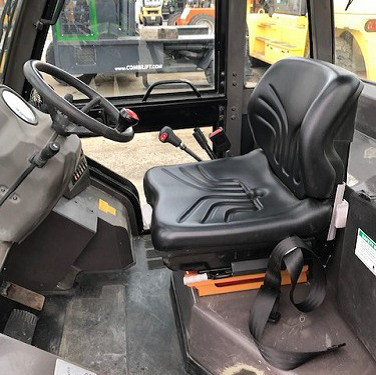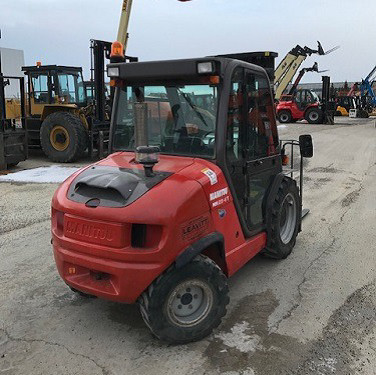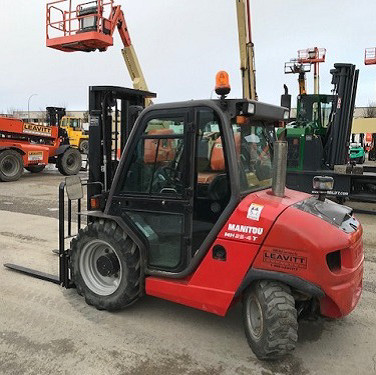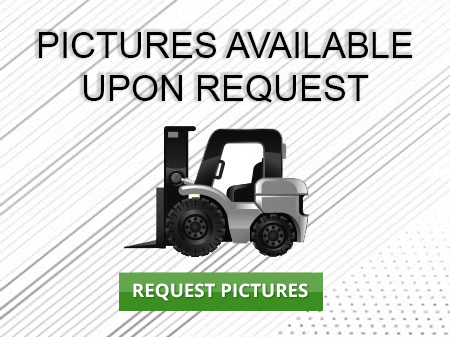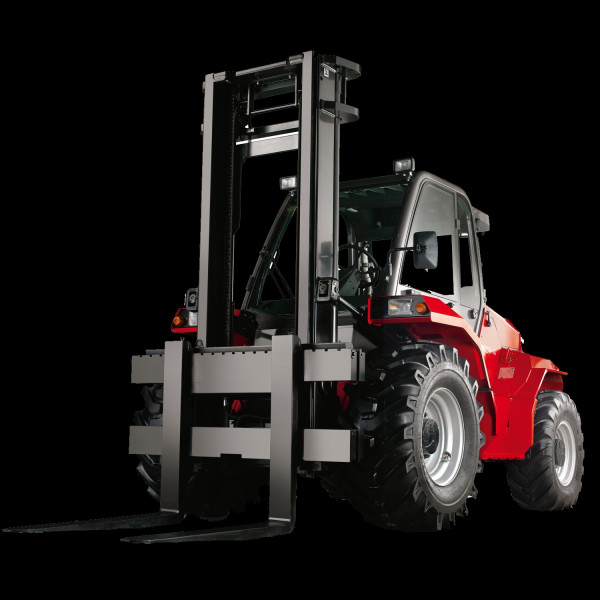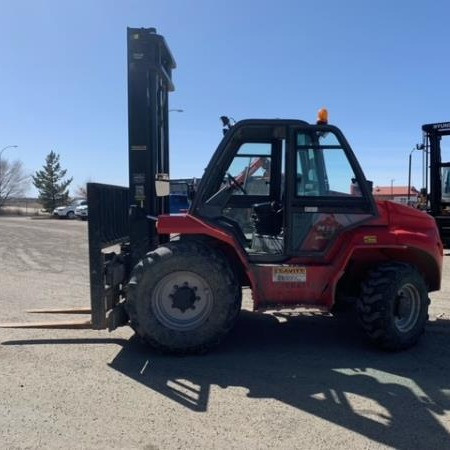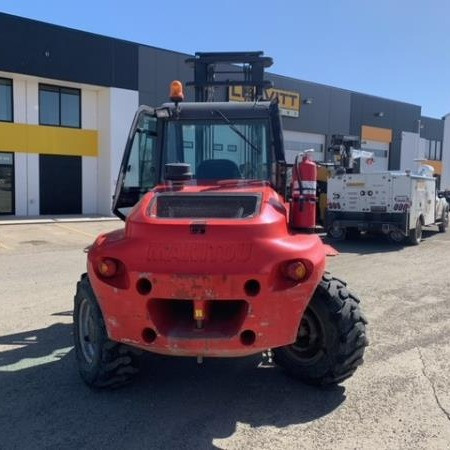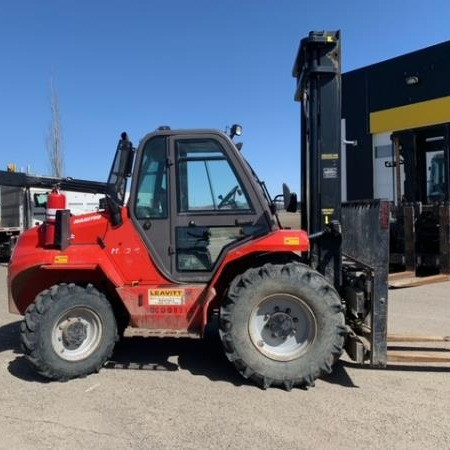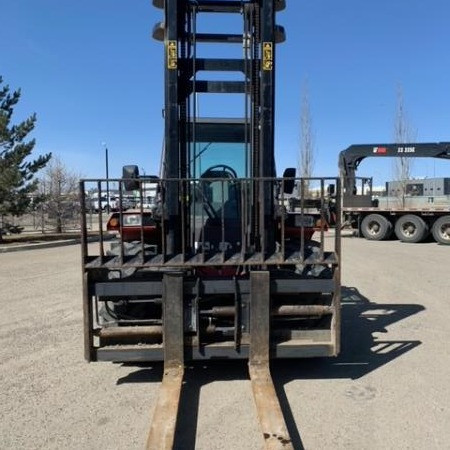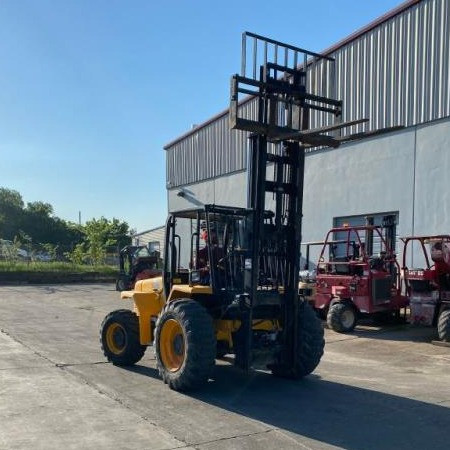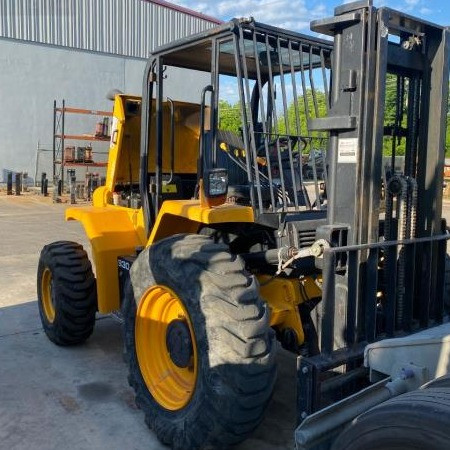Rough Terrain Forklift Huntington Beach
Used Rough Terrain Forklift Huntington Beach - Broadly defined, a forklift truck uses two forks to load, transport and unload material. The two main categories of forklifts are industrial forklift and rough terrain forklift.
Ideal for working on surfaces that are level and smooth, industrial forklifts are mostly utilized for warehouse applications and loading dock situations. By contrast, the second category of forklifts, rough terrain forklifts, are commonly used to run on uneven and rocky surfaces. Due to size, tires, and weight capacity, a rough terrain lift is primarily used outdoors, often at construction sites. The main difference between rough terrain and industrial forklifts is the cushion tires that are on industrial forklift models. Rough terrain models rely on pneumatic tires, a kind of tractor tire known for better floatation and traction abilities. Industrial forklifts are commonly powered by internal combustion engines although a fuel cell or battery electrical source may be used. Internal combustion engines are mainly used by rough terrain units.
Types of Class 7 Rough Terrain Forklift Trucks
There are three main kinds of Class 7 Rough Terrain Forklift Trucks. The rotating telehandler forklift, straight mast forklifts and rotating forklifts are in this category.
Regardless of its type, all rough terrain forklift trucks are designed to handle, as their name suggests, natural rough terrain and disturbed rough terrain typical of construction and military sites. A rough terrain forklift also offers increased maneuverability and performance. Safety considerations are taken into account for rough terrain locations with raising loads in difficult environments to keep the operator safe from tipping over. As with all forklift operation, the machine must be in a position to remain stable before lifting, transporting or lowering a load. Adequate stability and proper lifting techniques need to be implemented to keep the forklift stable on the ground.
Straight Mast Forklifts
Designed to facilitate safe transport along difficult terrain such as demolition sites and construction locations, straight mast forklifts can complete the job safely and efficiently. Pneumatic cushion tires allow this forklift better maneuverability and accessibility around difficult terrain. Pneumatic tires allow the machine to successfully traverse difficult terrain. It is common for straight mast forklifts to come with 2-wheel or 4-wheel drive. The majority of straight mast forklifts rely on propane or diesel fuel to equip them for interior short-term jobs. However, these machines are best suited for outside jobs. The lift capacities of straight mast forklifts are similar to most standard forklifts with a range of approximately 5,000 to 36,000 pounds.
Telehandler or Telescopic Handler Forklifts
Telescopic handler forklifts or telehandlers feature a telescoping boom; hence their name. This telescoping boom allows the forklift truck to pick up and place loads at various distances and lift heights in front of the machine. The reachability of the forklift provides the operator with greater flexibility when placing a load.
A standard telehandler forklift is long and low, with two wheels at the very front of the forklift and another pair of wheels toward the rear of the machine. A telescopic boom is mounted at the rear of the forklift on a pivot that is fixed several feet higher than the forklift frame. The hydraulic fluid tank and fuel tank are mounted on the opposite side of the cab which is usually situated on the left side of the forklift. The forklift engine and transmission are situated along the center of the machine. Creating a balanced machine is essential for a well-designed forklift. Having this particular configuration generates a stable environment for lifting, lowering and transporting loads.
Telehandler units offer significantly higher lifting heights compared to standard units. High-reach telehandlers can extend their full load capacity to 56 feet. The compact telehandlers can extend their full load capacity from 18 feet. Their load capacities usually range between 5,500 and 12,000 pounds.
All-wheel steering is popular for all-terrain forklifts and provides increased maneuverability. Thanks to steering features including power-shift transmission, the operator can maneuver the machine in excellent proximity to the work location.
More recently, Telehandler forklift models have included additional features that incorporate the latest in ergonomics. Spacious cabs and tilted steering are some of the items redesigned for the ultimate comfort and productive features. Increasingly, these types of ergonomic features are in demand at worksites as they have been shown to improve productivity by decreasing operator repetitive stress injuries and operator fatigue.
A single joystick is a common design for most telehandlers. The joystick is responsible for the hydraulic system and the boom operations.
Telehandler forklifts can also be equipped with non-marking tires which allow them to be used in other applications such as the installation of signs and billboards as well as maintenance on buildings and stadiums.
Rotating Telehandler or Roto Telescopic Handler Forklifts
Rotating telehandler or roto telescopic handler forklifts have many features in common with the standard telehandler forklift. Telehandlers are capable of rotating heavy-lift weights to tremendous heights. However, these forklifts have the added ability to rotate the forklift on a turntable. Rotating the forklift a complete three-hundred-and-sixty degrees creates a larger working location without the need of repositioning the forklift.
With rotating telehandlers, one joystick handles the lift capacity and a second joystick is responsible for the rotation factor. Useful additional features may be added to your standard telehandler or rotating telehandler including 4WD, increased traction via minimized slip differential on the rear axle, and power-assist steering.
Of course, a machine that can rotate has extra safety considerations to understand. Because of this, rotating telehandler rough terrain forklifts come with stabilizers to increase the safety when rotating loads from one side of the forklift to the other. Certain rotating telehandlers operate without stabilizers; minimizing the time it takes to reposition the machine and move to other workplace locations.
Rotator telehandlers are usually smaller than their fixed cab counterparts, the standard telehandler. Because of this, their load capacities are also smaller than the standard telehandler. Load capacities for rotating telehandlers usually range between 4,000 and 10,000 pounds, with lift heights ranging from 15 to 80 feet.
Standard and rotator telehandlers can double as a crane when outfitted with specific winch accessories. These units can enable job sites that require a crane to get the job done without having to rent and transport a separate machine.
Advancements for Rough Terrain Forklifts
Popular rough terrain forklift attachments include rotating fork carriages, booms, articulating booms and winches. Because of the importance of forklift attachments in their ability to adapt forklifts to many different types of specific jobs, it is expected that the creation and availability of new rough terrain forklift attachments will continue to increase.
However, the bulk of advancements are expected to be in the form of safety features, built-in to manufactured rough terrain forklifts. Some new safety features have already been developed such as automatic load restriction devices. By automatically weighing a load, these systems calculate the loads’ safe reach distance while taking the boom angle and its’ extension into account. If the safe reach distance is reached, an alarm will sound, warning the operator to make the proper adjustments to either the boom angle, the reach distance or load weight.
Rough Terrain Forklift PDF
Stock Number: 267846 GL
Make: Liftking
Model: LK12000
Year: 2003
| Stock Number |
267846 GL |
| Make |
Liftking |
| Model |
LK12000 |
| Year |
2003 |
| Category |
Rough Terrain Forklift |
Stock Number: 209058 GL
Make: LIFTKING
Model: LK12M42
Year: 2015
| Stock Number |
209058 GL |
| Make |
LIFTKING |
| Model |
LK12M42 |
| Year |
2015 |
| Category |
Rough Terrain Forklift |
Stock Number: DP-MAN008 GL
Make: MANITOU
Model: MH25-4T
Year: 2016
| Stock Number |
DP-MAN008 GL |
| Make |
MANITOU |
| Model |
MH25-4T |
| Year |
2016 |
| Category |
Rough Terrain Forklift |
Stock Number: 208325 GL
Make: MANITOU
Model: M50.4
Year: 2015
| Stock Number |
208325 GL |
| Make |
MANITOU |
| Model |
M50.4 |
| Year |
2015 |
| Category |
Rough Terrain Forklift |
Stock Number: EQC008213 GL
Make: MANITOU
Model: M50
Year: 2017
| Stock Number |
EQC008213 GL |
| Make |
MANITOU |
| Model |
M50 |
| Year |
2017 |
| Category |
Rough Terrain Forklift |
Stock Number: LS15257 GL
Make: JCB
Model: 930
Year: 2013
| Stock Number |
LS15257 GL |
| Make |
JCB |
| Model |
930 |
| Year |
2013 |
| Category |
Rough Terrain Forklift |
